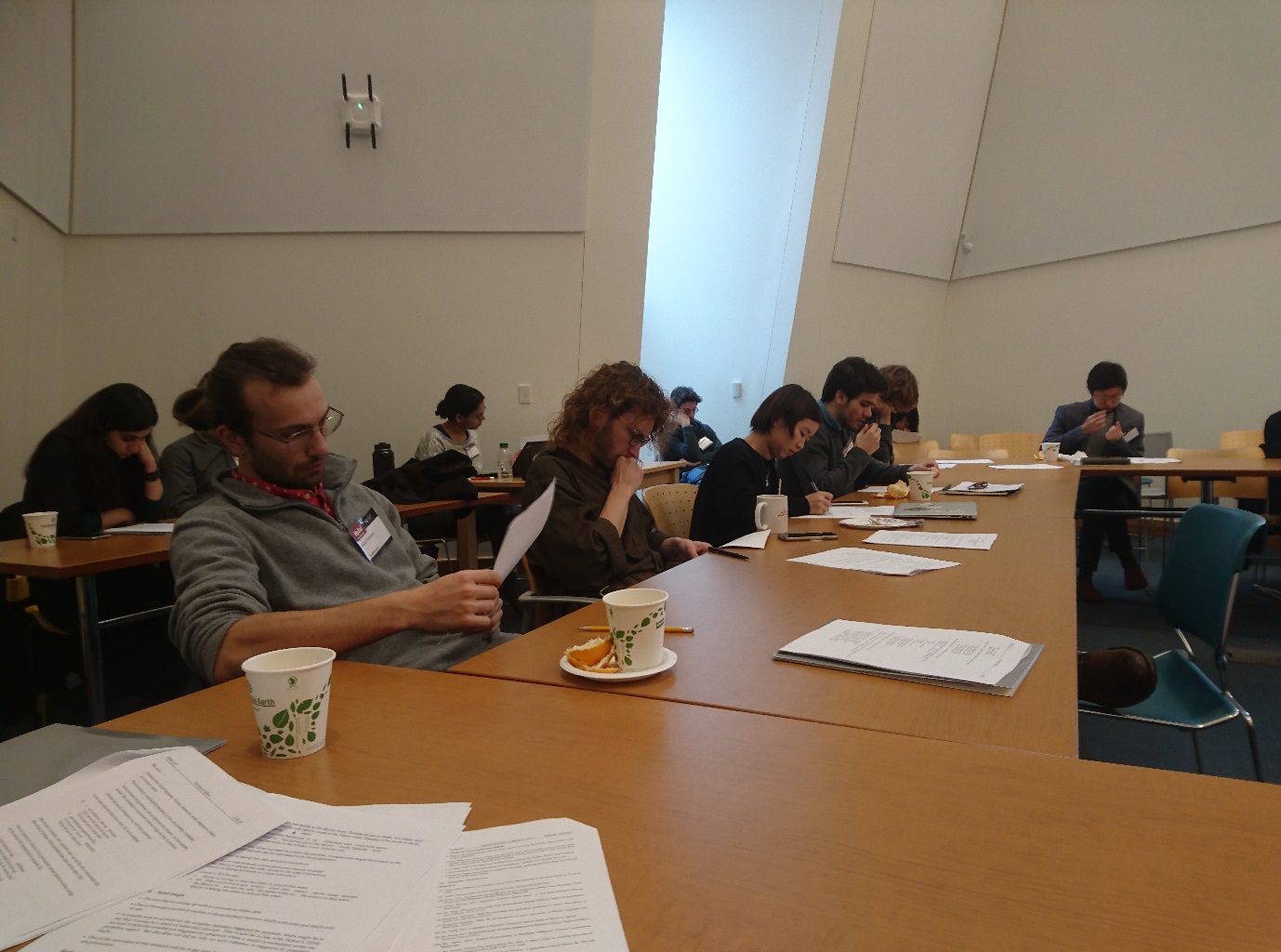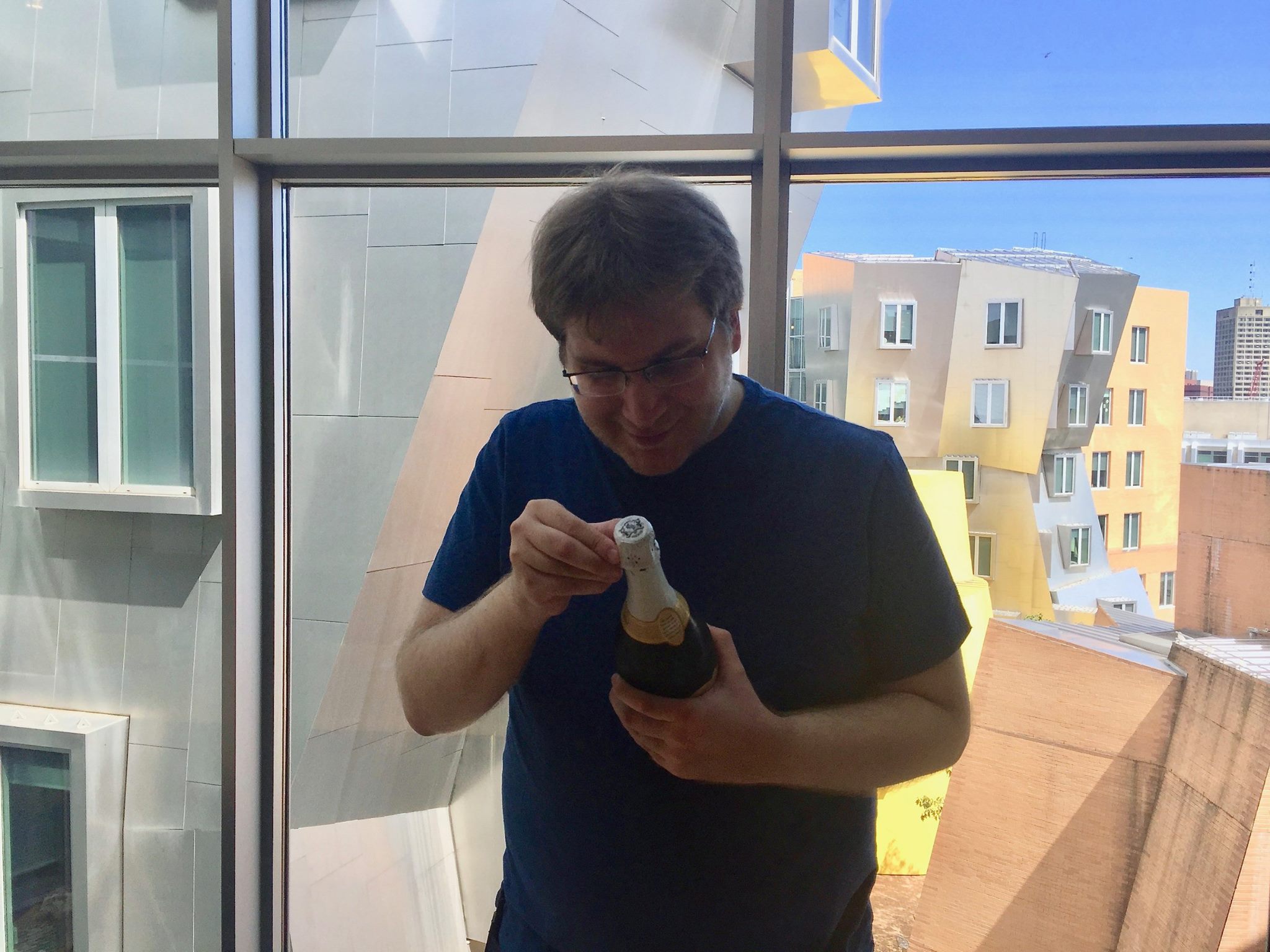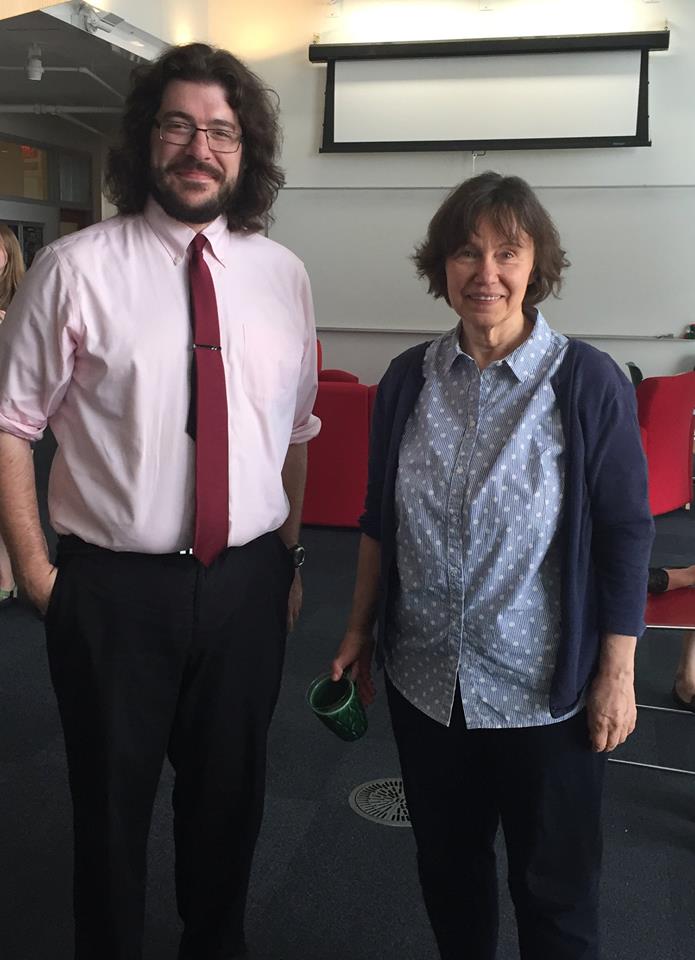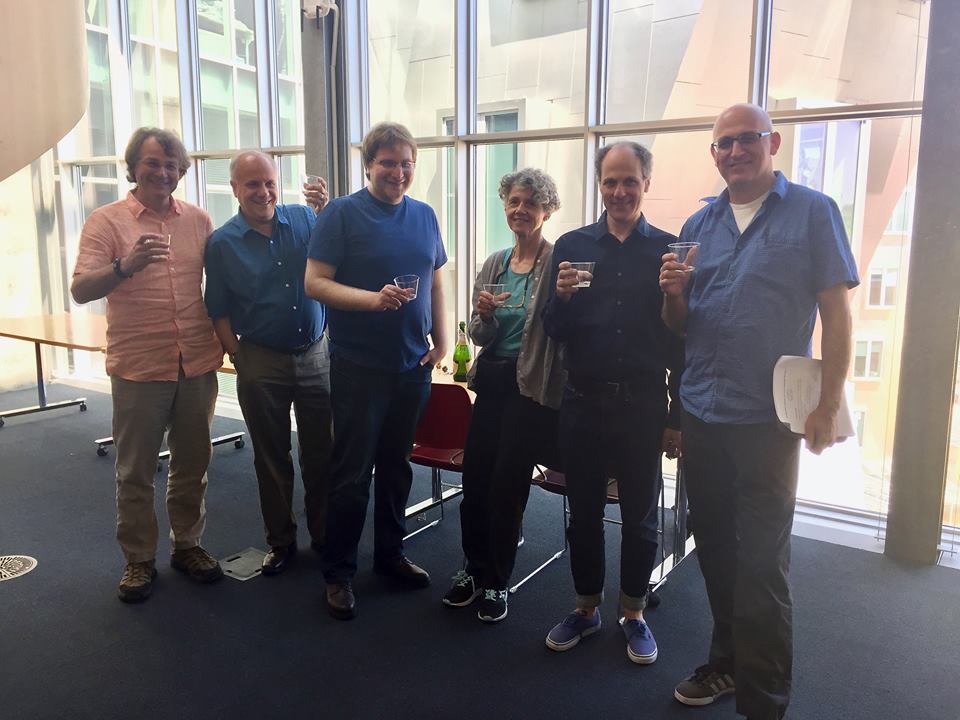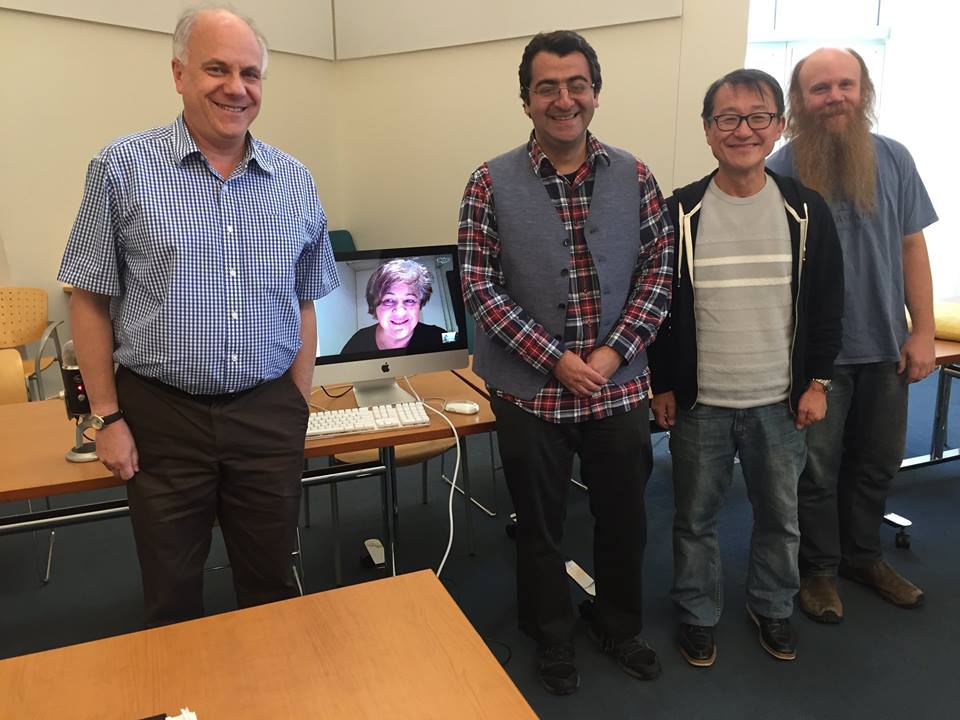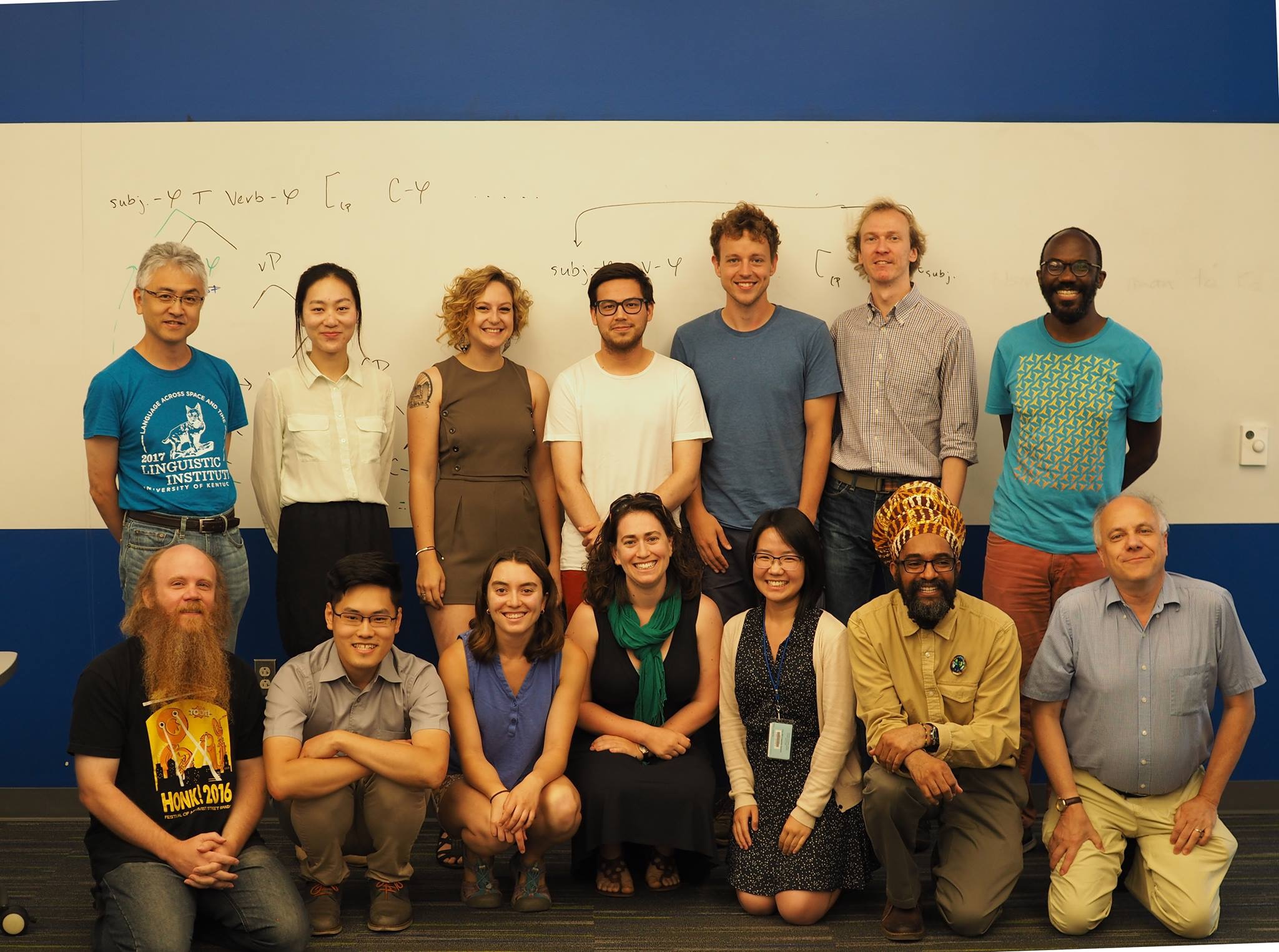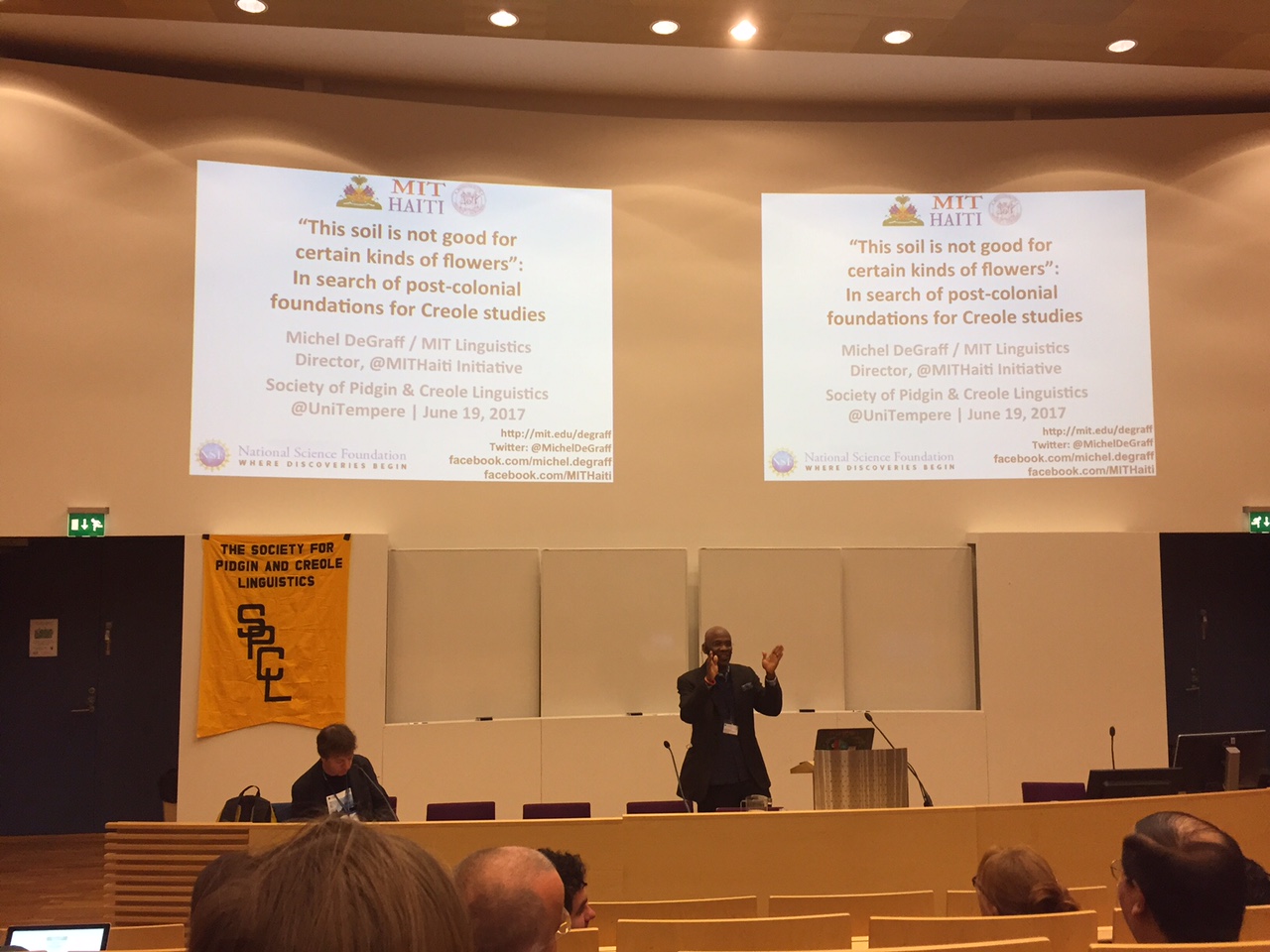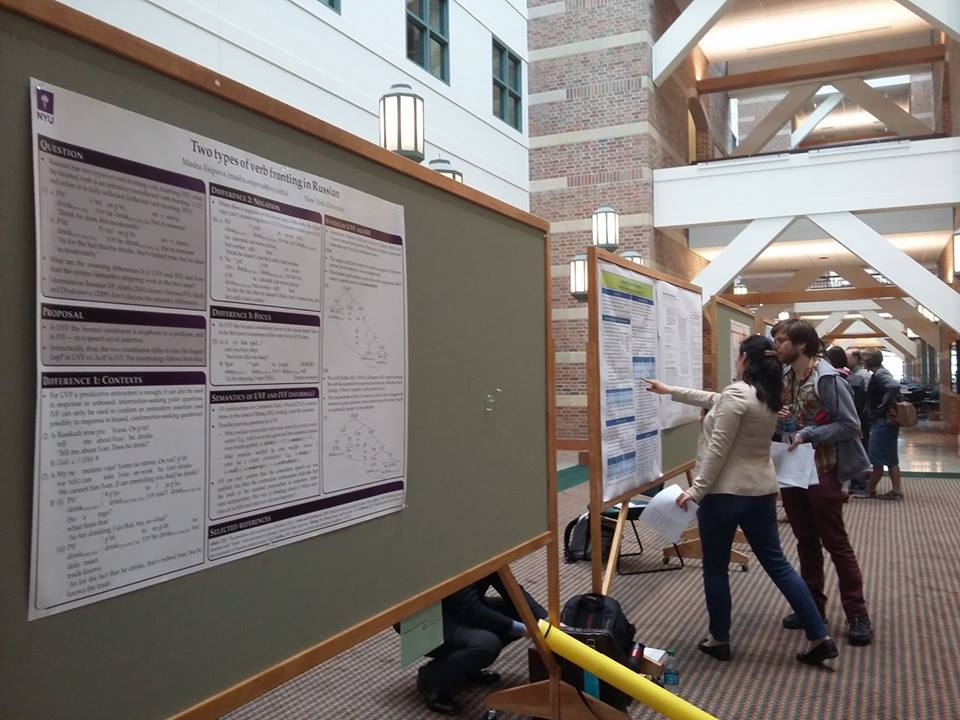Speaker: Suzana Fong (MIT)
Title: A featural and edge-based analysis of hyper-raising
Date and time: Thursday, December 7, 12:30-1:50pm
Location: 32-D461
Abstract:
Hyper-raising (HR) consists in raising a subject of an embedded finite clause into the subject or object position in the embedding clause (Ura 1994, Tanaka 2002, Yoon 2007, Nunes 2008, Halpert & Zeller 2015, Halpert 2016, Bondarenko 2017, Deal 2017, Zyman 2017, a.o.). Because the clause a DP hyper-raises from is a finite CP, this introduces a challenge to common assumptions about the phasehood of this type of domain. Moreover, both the position a DP hyper-raises from and the landing site in the matrix clause are case-marked. This introduces a challenge to common assumptions about case assignment.
To circumvent the phase problem, I follow van Urk (2015)’s featural definition of syntactic positions. Specifically, I propose that the complementizer of HR sentences has A-features (i.e. not A-bar). The A-features in the HR complementizer trigger the movement of the subject to the edge of the embedded clause, [Spec, CP] (cf. Tanaka 2002, Takeuchi 2010, Zyman 2017, a.o.). As a consequence of being at the edge of a phase, the embedded subject is accessible to a probe in the dominating phase. This allows the embedded finite subject to be accessed by a matrix probe (T or v).
The postulation of features in C will be argued for by HR to object in Mongolian. As first discussed by Hiraiwa (2005) and Bondarenko (2017) regarding Japanese and Buryat, respectively, an embedded finite subject can receive accusative case while remaining in the embedded clause. I will call ‘medial-raising’ this variety of HR, where the accusative subject does not exit the embedded clause. In a canonical, non-HR sentence, if the embedded nominative subject contains a locally-bound reflexive, the reflexive cannot be bound by the matrix subject. However, in the medial-raised counterpart, binding is possible. [Spec, CP] is a position that can account for the dual properties of medial-raising: it is still inside the embedded clause, but it extends the binding domain of the medial-raised subject, and allows it to receive accusative case from the matrix v. [Spec, CP] will also be relevant to provide an explanation to the interaction between HR and (seemingly) long distance scrambling in Mongolian.
Also following van Urk (2015), I assume that probes can also come in a composite, A/A-bar variety. If HR is triggered by A-features in C and if there can be composite probes, we may expect for there to be an instance of HR that is triggered by composite probes. I tentatively analyze data from Kipsigis and Imbabura Quechua as this type of HR. In these languages, what seems to undergo HR is an embedded argument that is lower than the subject. This creates an additional minimality problem. If this lower argument bears the features that the composite probe in C is looking for, while the subject does not, the minimality question is avoided.
To circumvent the case problem, I first try to show that HR consists of a multiple case checking (Béjar & Massam 1999, a.o.). I propose that the same DP can be assigned more than one case, as long as it is able to move from one domain of case assignment into another (cf. Levin 2016). Under this view, we can characterize HR as an instance of movement across domains of case assignment.
